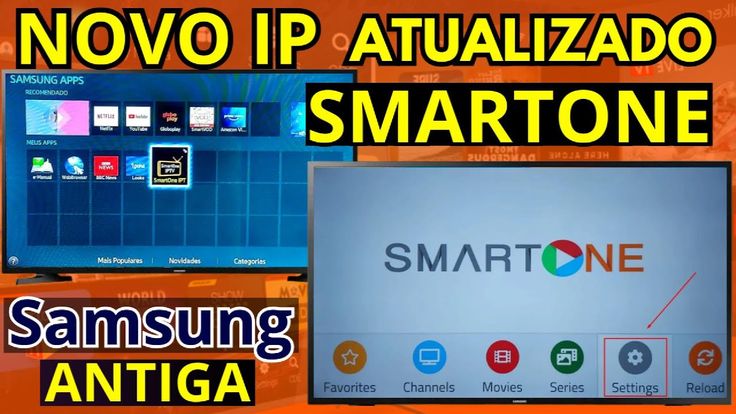In recent years, the way we consume media has undergone a dramatic transformation. From the days of bulky television sets and VHS tapes to the seamless streaming experiences of today, the evolution of Internet Protocol Television (IPTV) stands as a testament to technological advancements. In this blog post, we’ll take a closer look at the history of IPTV codes, how they have shaped the streaming landscape, and what the future might hold.

The Dawn of IPTV
The concept of IPTV emerged in the late 1990s, coinciding with the rapid expansion of the internet. Traditional broadcast methods were being challenged by the potential of digital streaming iptv code. Early IPTV services utilized codes that facilitated the transmission of video over the internet, allowing users to watch content on demand rather than adhering to scheduled programming.
Initially, IPTV codes were relatively simple, relying on basic protocols like MPEG (Moving Picture Experts Group) for video compression. This laid the groundwork for more sophisticated systems, enabling clearer images and more reliable connections. Early adopters included telecom companies looking to deliver bundled services that combined internet, television, and phone capabilities.
The Rise of Streaming Protocols
As technology evolved, so did the complexity and efficiency of IPTV codes. The introduction of streaming protocols like RTSP (Real-Time Streaming Protocol) and later, HTTP Live Streaming (HLS), marked significant milestones in the industry. These protocols allowed for adaptive streaming, meaning that the quality of the video could change in real-time based on the viewer’s internet speed.
This adaptability was crucial as it meant users could enjoy uninterrupted streaming, regardless of their bandwidth. Platforms like Netflix and Hulu began to emerge, leveraging these advancements to offer vast libraries of content to subscribers worldwide. The shift from download-and-watch to real-time streaming became the new standard.
The Impact of DRM and Security
With the proliferation of IPTV services, the need for security became paramount. Digital Rights Management (DRM) technologies were developed to protect content from unauthorized access and piracy. This led to the introduction of more sophisticated coding techniques, which allowed for encryption and secure delivery of video streams.
IPTV codes evolved to include advanced encryption methods, ensuring that content could only be accessed by legitimate users. This added layer of security helped major streaming platforms establish their presence in the market, allowing for the distribution of high-quality, premium content without fear of compromise.
The Era of Smart TVs and Devices
The introduction of smart TVs and streaming devices like Roku, Amazon Fire TV, and Apple TV revolutionized how users accessed IPTV. These devices came pre-loaded with various streaming apps and simplified the user experience, allowing for easy navigation through an array of IPTV channels and services.
As these devices gained popularity, IPTV codes adapted to ensure compatibility across a multitude of platforms. This cross-platform support has become essential in a world where consumers expect seamless viewing experiences across multiple screens, from televisions to smartphones and tablets.
The Future of IPTV Codes
Looking ahead, the future of IPTV codes appears bright, with several emerging trends poised to shape the industry:
- Enhanced Personalization: As machine learning and AI continue to develop, IPTV services are likely to offer even more personalized viewing experiences, utilizing advanced algorithms to suggest content based on user preferences and viewing habits.
- Improved Streaming Quality: With the rollout of 5G networks, the potential for high-definition and even 8K streaming will become more accessible. This will necessitate the development of more efficient coding methods to handle larger data loads without sacrificing quality.
- Integration of Augmented Reality (AR) and Virtual Reality (VR): As AR and VR technologies advance, IPTV codes may evolve to support immersive viewing experiences, allowing viewers to engage with content in entirely new ways.
- Greater Interactivity: Future IPTV platforms may enable viewers to interact with content in real time, providing opportunities for engagement that traditional media cannot offer. This could lead to new forms of storytelling and audience participation.
Conclusion
The evolution of IPTV codes reflects the broader shifts in how we consume media. From humble beginnings to the dynamic streaming services we enjoy today, the journey has been marked by innovation and adaptation. As we look to the future, it’s clear that IPTV will continue to evolve, driven by technological advancements and changing viewer preferences. The next chapter in streaming history promises to be as exciting as the last, with endless possibilities on the horizon.